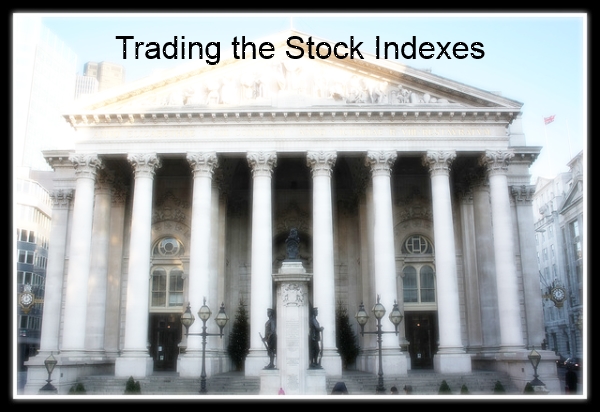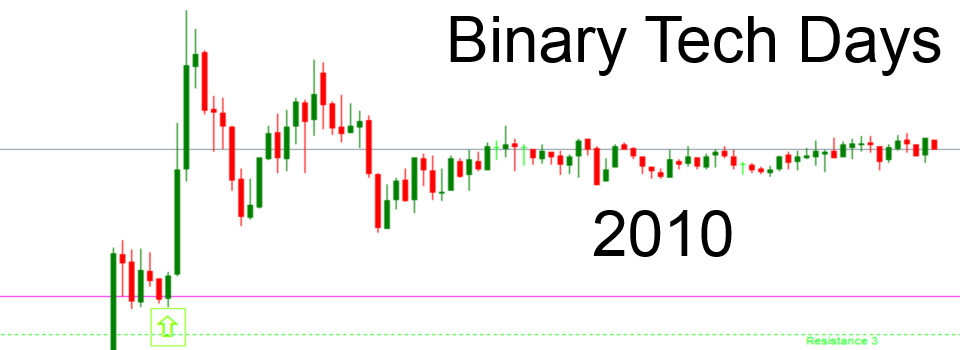This is, of course, a trick question. You do whatever it is you need to do to in order to keep making money off of it. If the index looks like it’s going to keep going up in price, you stay long. If a reversal looks imminent, you go short. If you aren’t sure, you stay away from it. In other words, you treat it the same way that you always would, even if it were not at any sort of record high price.
This has become a familiar question and topic of discussion over the last couple years thanks to big price jumps throughout the U.S. markets. Today, the S&P 500 hit a record high, and the NASDAQ hit a 14 year high, making this question once again extremely relevant to every trader out there. As you know, major indices like these signify more than just how stocks are doing. They give a clear picture of the general health of the overall U.S. economy, and that goes beyond just how the major corporations are doing. It also reflects upon the dollar, and many major U.S. based commodities, too. When the stock markets are doing well, it actually reflects upon the whole of the U.S. financial system. Other countries are more willing to do business here, and trading and investing activities increase. In short, the better the major indices perform, the better off everyone is.
Obviously, this is a generalization, but it is important to remember for your own personal trading. A good index performance, like the ones noted today, do not mean that you should back off. If the stocks behind an index look like they will keep going up in price, then the indices that measure them will keep going up as well, which means you should keep pumping money into them in order to increase your potential for profits. Regardless of your trading methods, there is still a ton of potential in this marketplace, and if you are smart, you will do what you need to do to make the most of this.
One hassle free method is to trade indices through binary options. There are a few benefits to this, the biggest one being that you can make a significant profit in a short period of time. For example, there are five minute options out there that are perfect for a day like Monday, February 24th. Even the Dow had a big jump here, and it was an ideal time to break things down into small chunks and approach it with caution. Let’s look at this a little more closely.

Many binary brokers allow you to trade in increments as small as $10. So let’s say over the course of the day, you executed 50 $10 trades, each for 5 minutes. If you strung them together consecutively, this would have taken just over four hours, so even if they were spread out with ideal timing, this is still very realistic since a trading day is much longer than this. And because you were timing them right, let’s say you had an 80 percent success rate--also very realistic on a day like this. At 78 percent profits per correct trade and a 100 percent loss on incorrect ones, you would have risked a total of $500 and lost out on ten trades for an immediate setback of $100. But 78 percent for a $10 trade is $7.80, and with this accomplished 20 times, you would have earned $156 in profits, giving you a grand total of $56 in earnings for the day. It’s not a lot, but remember, you never risked more than $10 at any one time. This would have allowed you a chance to back off immediately if need be with minimal losses.
Now look at what you would have accomplished in a traditional marketplace. The Dow had gone up by 1.06 percent by 2:30 PM, and in order to have made that same $56 here, you would have had to have risked a little over $5,000 right at the trading bell. You would have had all of this money tiex up the entire day and your level of risk would have been much higher. Now add to that the fact that you would have had to pay significant costs for your transactions--both initiating and ending the trade--and you have actually made less. This all assumes that you have found a stock broker that allows partial trades for free and executes them in real time--something that is very rare. Both types of trading are beneficial, but if you are on a limited budget and trying to make your money go further, binaries were the correct choice here.


